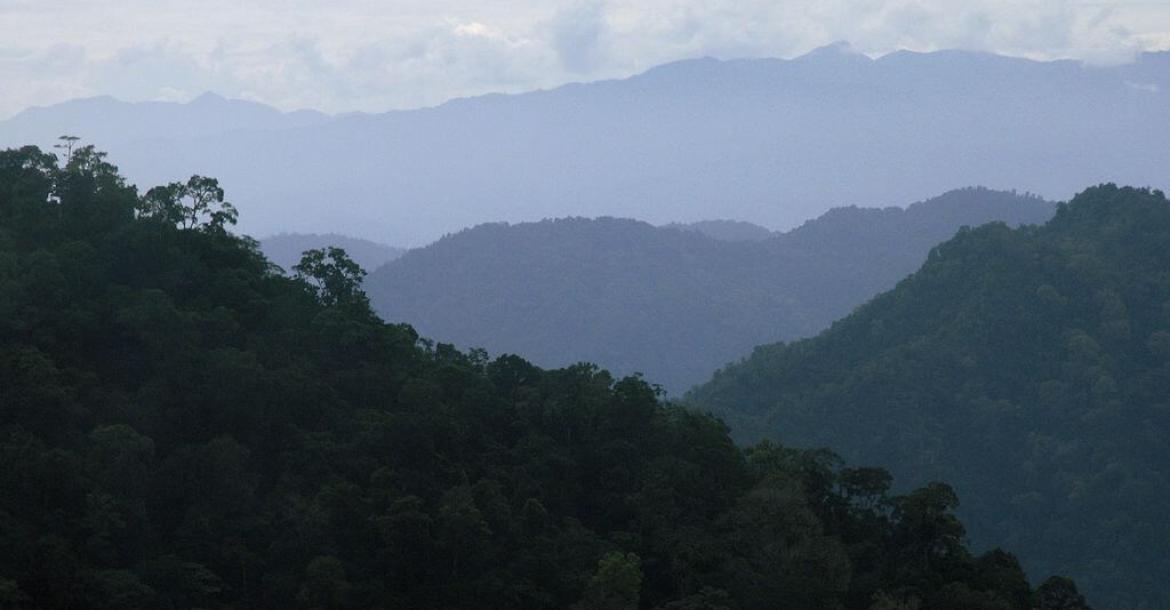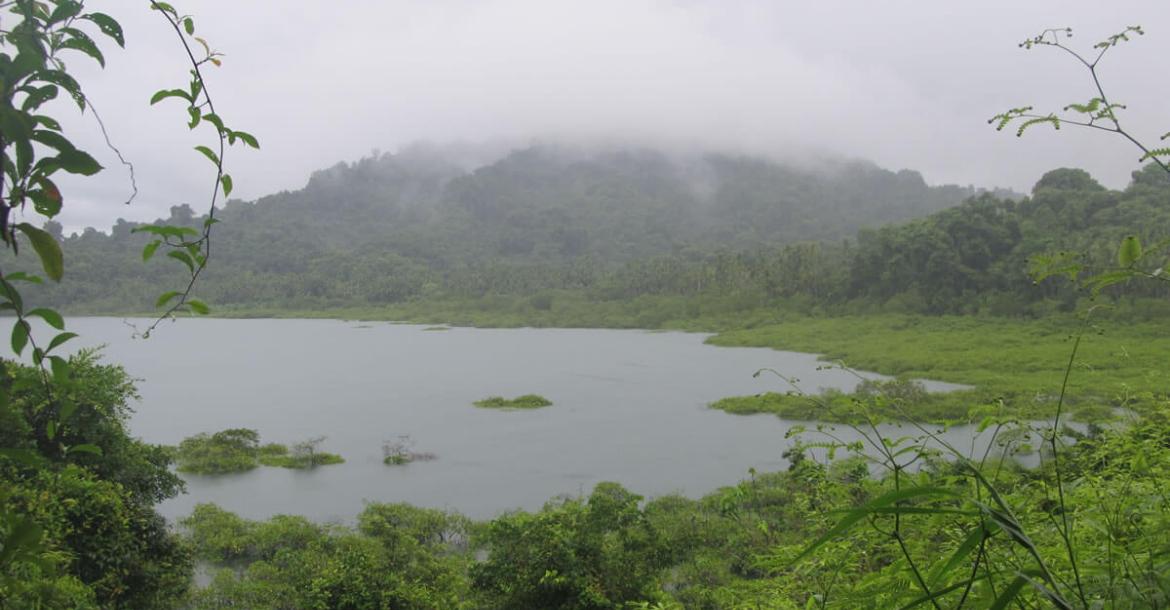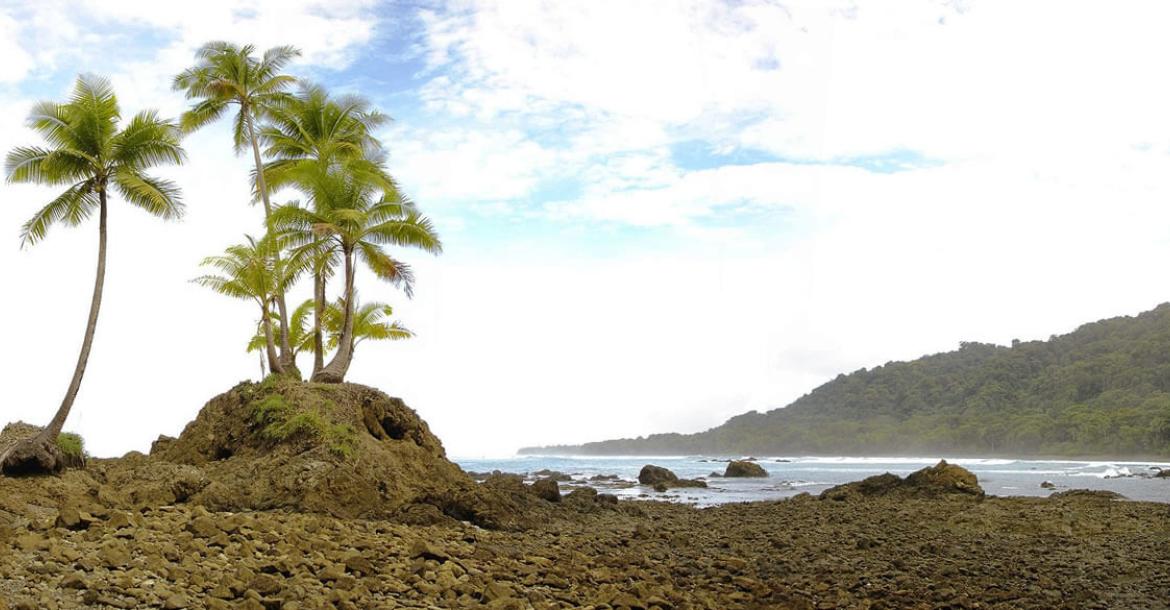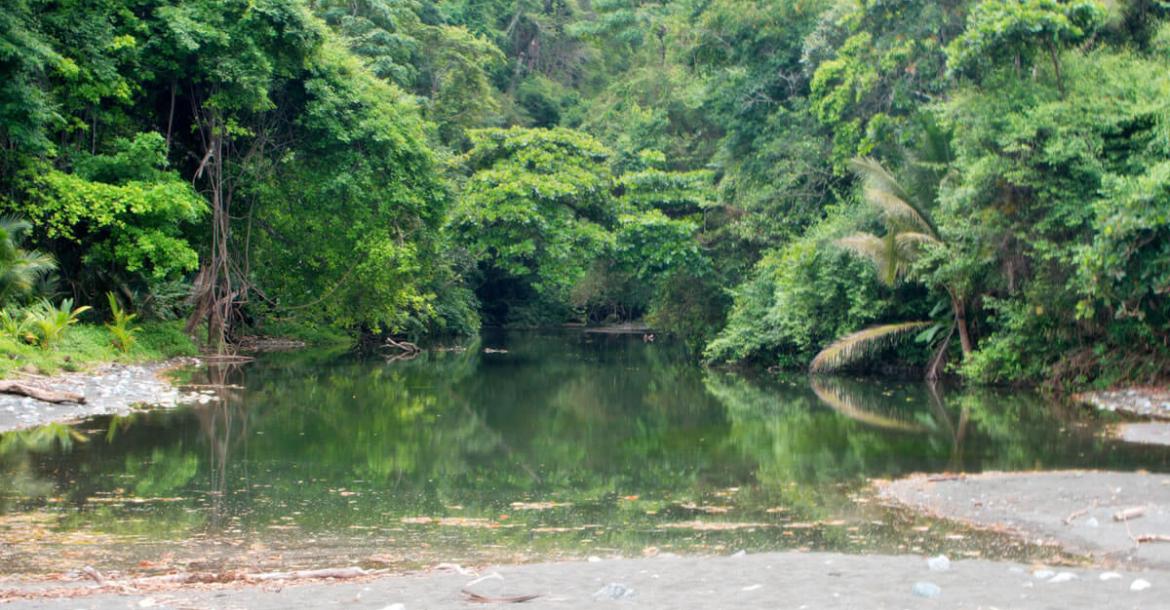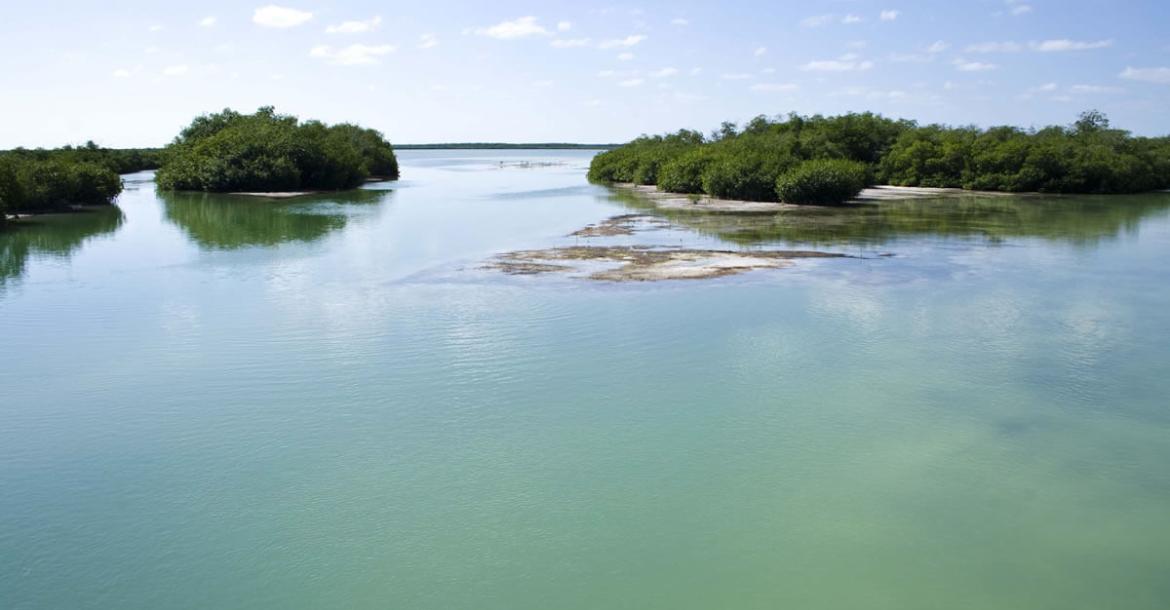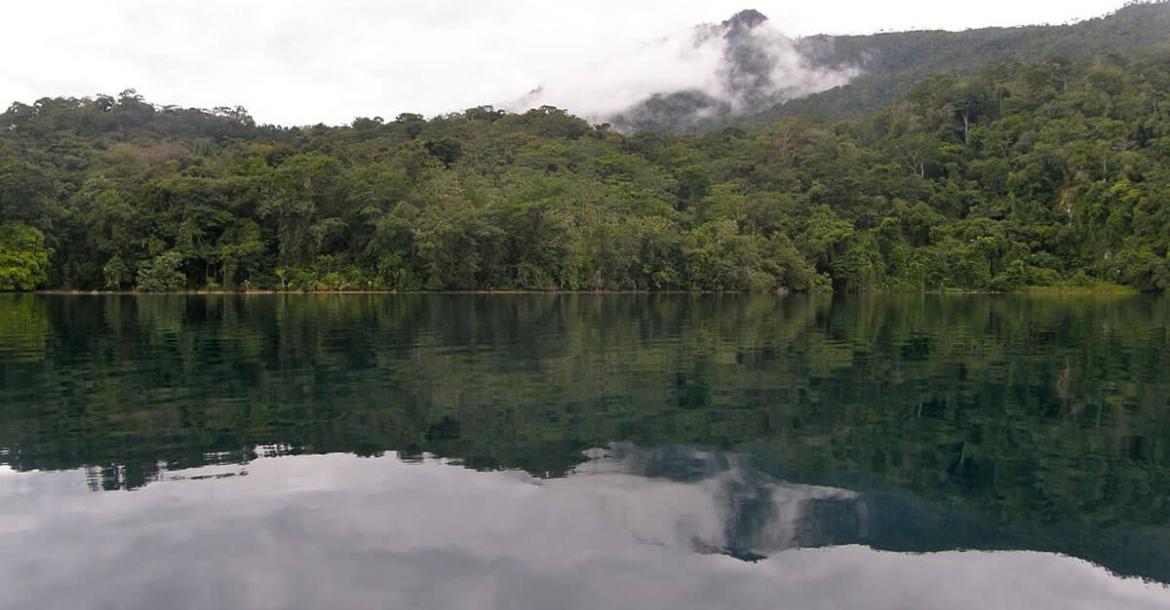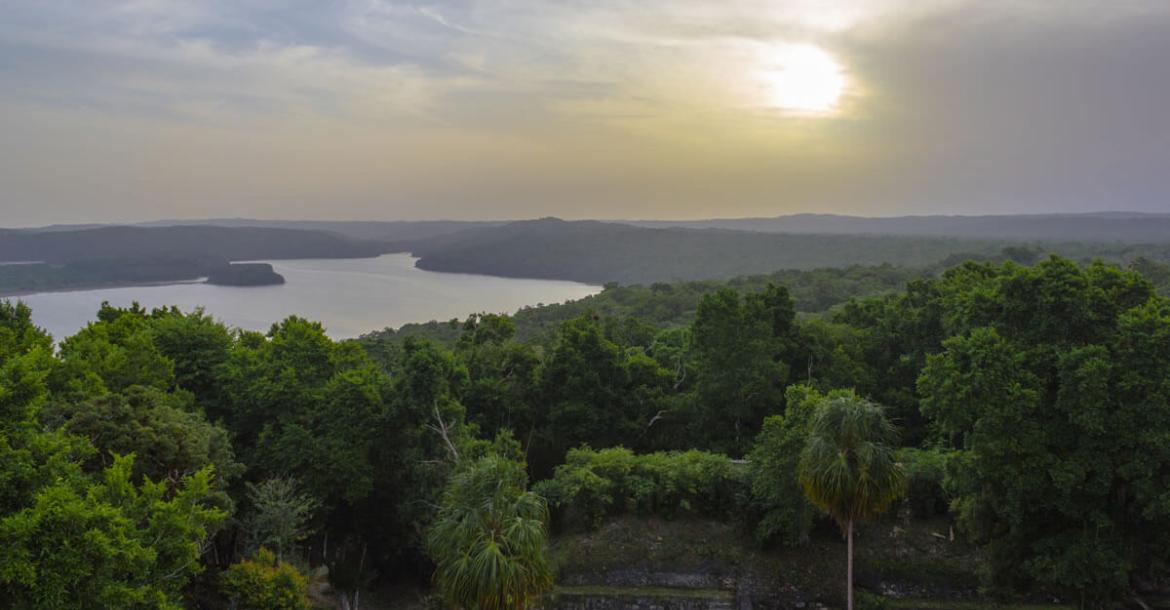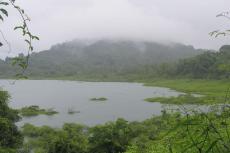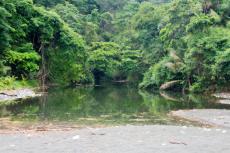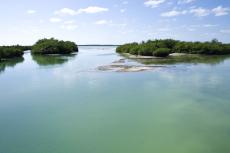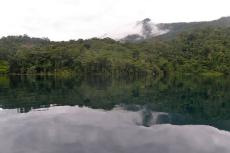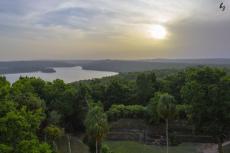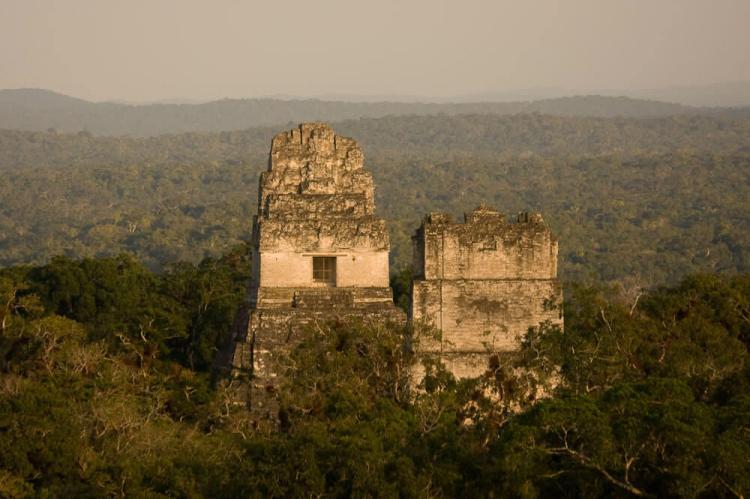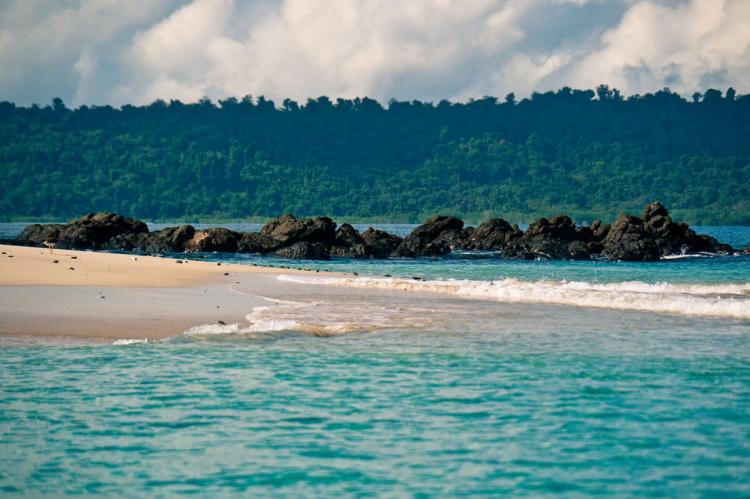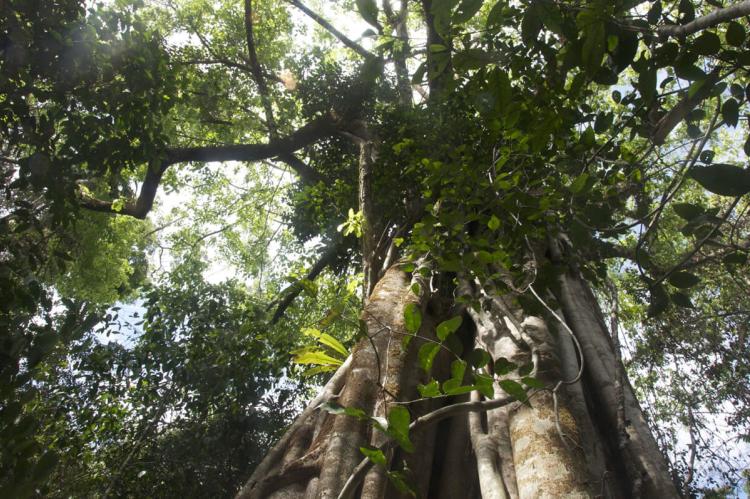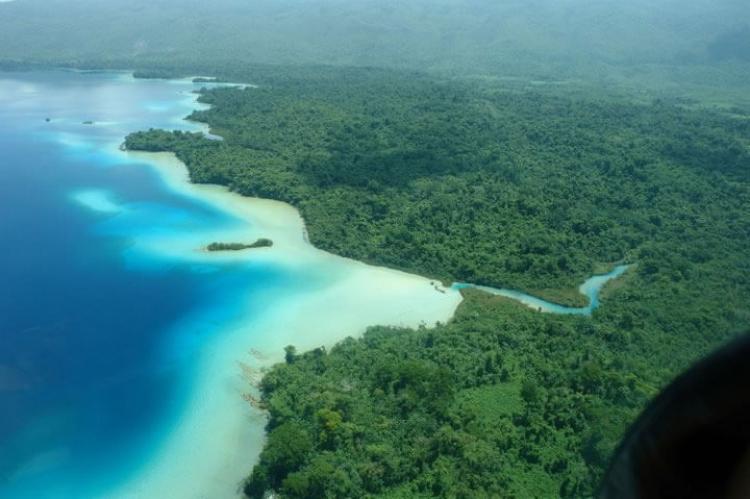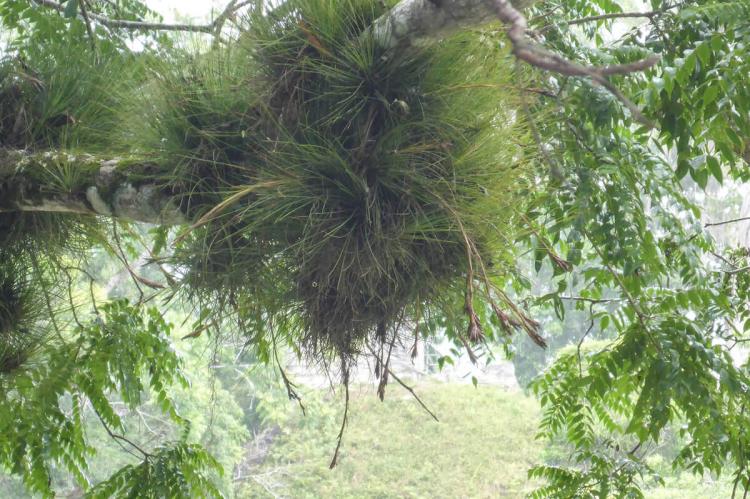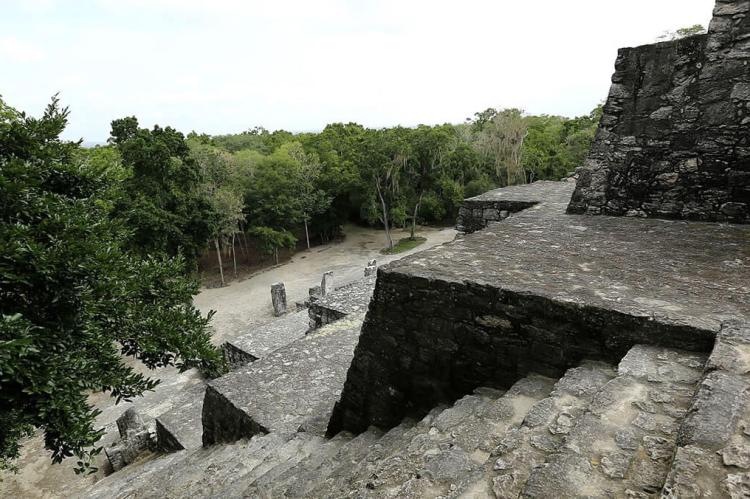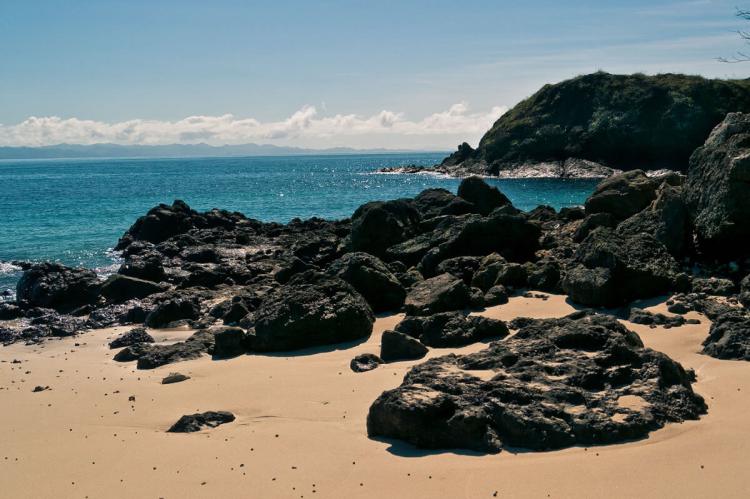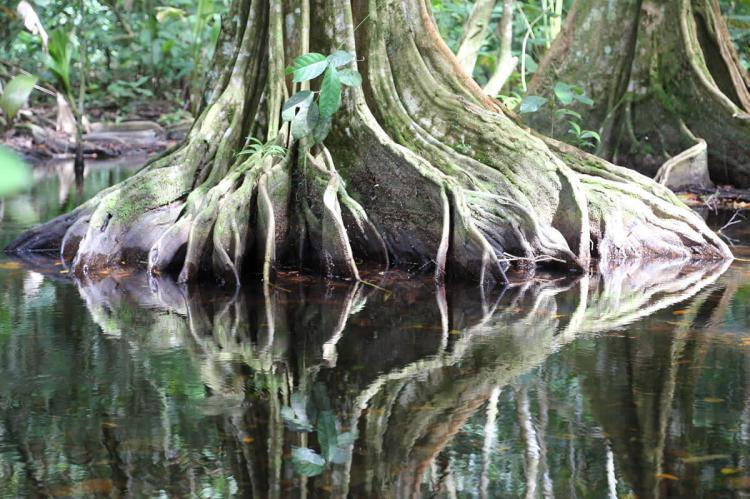Mesoamerican Biological Corridor: A Beacon of Biodiversity Conservation in Central America
The Mesoamerican Biological Corridor is a remarkable conservation initiative in Central America that stands as a beacon of biodiversity preservation. Stretching from Mexico to Panama, this corridor encompasses a mosaic of ecosystems and is a critical link between protected areas.
Mesoamerican Biological Corridor
A Beacon of Biodiversity Conservation in Central America
The Mesoamerican Biological Corridor (MBC) is a remarkable conservation initiative in Central America that stands as a beacon of biodiversity preservation. Stretching from Mexico to Panama, this corridor encompasses a mosaic of ecosystems and serves as a critical link between numerous national parks, reserves, and protected areas. The MBC is a testament to the growing global awareness of the importance of preserving biodiversity and ecosystems.
Historical Context
The origins of the Mesoamerican Biological Corridor can be traced back to the late 20th century, with the growing recognition of the environmental challenges facing Central America. As deforestation, habitat loss, and environmental degradation accelerated, the need for a coordinated conservation effort became evident. The idea of creating a biological corridor emerged as a response to these concerns, aiming to connect fragmented habitats and protect the remarkable biodiversity of the region.
The corridor's history can be divided into several key phases:
-
Early Conservation Efforts: Prior to the establishment of the MBC, Central American countries had initiated their own efforts to protect natural areas. Many of these early conservation actions involved the creation of national parks and reserves to safeguard unique ecosystems and wildlife.
-
Mesoamerican Biological Corridor Proposal: The idea of creating a transnational conservation corridor emerged in the 1990s as an extension of regional conservation initiatives. In 1997, Central American governments, along with international organizations and NGOs, came together to develop the concept of the MBC.
-
Formalization of the Corridor: Over the following years, agreements were reached, and the Mesoamerican Biological Corridor was formalized. It encompasses a vast network of protected areas and was designed to enhance regional cooperation in biodiversity conservation.
Geographical Location
The Mesoamerican Biological Corridor encompasses a vast area that stretches from southern Mexico through Central America to Panama. This region spans over 1.9 million square kilometers (733,600 square miles), representing a remarkable diversity of landscapes and ecosystems. It encompasses a variety of biomes, including tropical rainforests, cloud forests, mangroves, savannahs, and highland ecosystems, making it one of the most ecologically diverse areas in the world.
Key countries that are part of the MBC include Mexico, Belize, Guatemala, El Salvador, Honduras, Nicaragua, Costa Rica, and Panama. Each of these countries plays a vital role in the conservation of the corridor as it traverses their national territories.
The ecosystems it encompasses include:
-
Tropical Rainforests: The corridor includes vast expanses of tropical rainforests that are among the most biodiverse on the planet. These forests are home to iconic species like jaguars, howler monkeys, and tapirs.
-
Mangroves and Coastal Areas: Coastal ecosystems, including mangroves, are vital for the region's biodiversity and serve as breeding grounds for numerous marine species.
-
Montane Cloud Forests: The corridor also extends into higher elevations, hosting cloud forests and unique species adapted to these cooler, mist-shrouded environments.
Topographical map of the Mesoamerican Biological Corridor
Conservation Units or Protected Areas
The Mesoamerican Biological Corridor (MBC) encompasses numerous conservation units and protected areas across Central America and southern Mexico. Here is a list of some of the significant conservation units within the corridor, along with their locations and brief descriptions:
-
Montes Azules Biosphere Reserve, Mexico: Located in the Mexican state of Chiapas, Montes Azules is one of the largest biosphere reserves in the Americas. It encompasses diverse ecosystems, including tropical rainforests, and is essential for conserving biodiversity in southern Mexico.
-
Maya Biosphere Reserve, Guatemala and Mexico: This transboundary reserve covers a significant portion of the Mesoamerican Biological Corridor, extending across Guatemala and Mexico. The Maya Biosphere Reserve in Guatemala and the Calakmul Biosphere Reserve in Mexico together form this important conservation area. It protects tropical forests and archaeological sites.
-
La Amistad International Park, Costa Rica and Panama: Straddling both Costa Rica and Panama, this park covers a substantial portion of the MBC. This UNESCO World Heritage Site preserves highland and lowland ecosystems in both countries. It plays a crucial role in maintaining biodiversity.
-
Indio Maíz Biological Reserve, Nicaragua: Situated along the San Juan River in Nicaragua and part of the larger Indio Maíz-Tortuguero Biological Corridor, this reserve safeguards the biodiversity of the region, including lowland tropical rainforests.
-
Cusuco National Park, Honduras: Located in the mountainous highlands of Honduras, this protected area is home to cloud forests and high-altitude ecosystems. It is a vital conservation unit for unique species adapted to these environments.
-
Sian Ka'an Biosphere Reserve, Mexico: This UNESCO World Heritage Site extends along the coasts of Mexico. It is a diverse reserve that combines coastal wetlands, tropical forests, and extensive marine areas that provide habitat for a wide range of species.
-
Corcovado National Park, Costa Rica: Situated on the Osa Peninsula in Costa Rica, Corcovado National Park is renowned for its pristine rainforests and rich biodiversity, including iconic species like jaguars, tapirs, and scarlet macaws.
-
Coiba National Park, Panama: Located on Coiba Island, off the coast of Panama, Coiba National Park is home to diverse marine and terrestrial ecosystems, contributing to the conservation of coral reefs and a wide variety of marine species.
-
Tikal National Park, Guatemala: Located in the northern region of Guatemala, Tikal is a UNESCO World Heritage Site known for its archaeological significance and the protection of tropical forests that host diverse wildlife.
-
Tawahka Asang Biosphere Reserve, Honduras: Situated in Honduras, this biosphere reserve plays a critical role in MBC conservation efforts. Tawahka Asang encompasses a range of ecosystems, from tropical rainforests to rivers, and is vital for biodiversity preservation.
Overall Significance
The Mesoamerican Biological Corridor holds immense significance on various fronts:
-
Biodiversity Conservation: The corridor is home to an astonishing array of biodiversity, including endangered species like jaguars, scarlet macaws, and sea turtles. By connecting fragmented habitats and preserving ecosystems, it plays a pivotal role in safeguarding this rich diversity.
-
Ecosystem Services: The MBC ensures the continuity of essential ecosystem services such as water regulation, carbon sequestration, and soil protection, contributing to regional and global environmental stability.
-
Climate Change Mitigation: The corridor aids in mitigating climate change by maintaining large, intact landscapes capable of sequestering carbon and by acting as a buffer against the impacts of climate change.
-
Sustainable Development: The MBC promotes sustainable development by encouraging responsible land use practices and ecotourism. It supports local communities, fostering a harmonious relationship between people and nature.
-
Regional Collaboration: The MBC exemplifies international cooperation, with countries working together to address shared conservation challenges, fostering diplomatic relations and cooperation for environmental goals.
Challenges
The Mesoamerican Biological Corridor faces a number of challenges, including deforestation, habitat fragmentation, and climate change. Deforestation is a major threat to the MBC, as it destroys habitat and fragments the corridors. Habitat fragmentation can prevent plants and animals from moving between the protected areas, which can lead to population decline and extinction. Climate change is also a threat to the MBC, as it is causing changes in temperature, precipitation, and sea level. These changes can make it difficult for plants and animals to survive in their current habitats.
Conservation Efforts
The Mesoamerican Biological Corridor is one of the most important conservation initiatives in the world. The MBC protects an incredible diversity of plant and animal life and provides important benefits to people and nature. However, the MBC faces a number of challenges, such as deforestation, habitat fragmentation, and climate change.
The MBC represents a model for regional and transnational cooperation in biodiversity conservation. Its history, geographical extent, network of conservation units, and overall significance underscore its importance as a linchpin in Central American conservation efforts.
